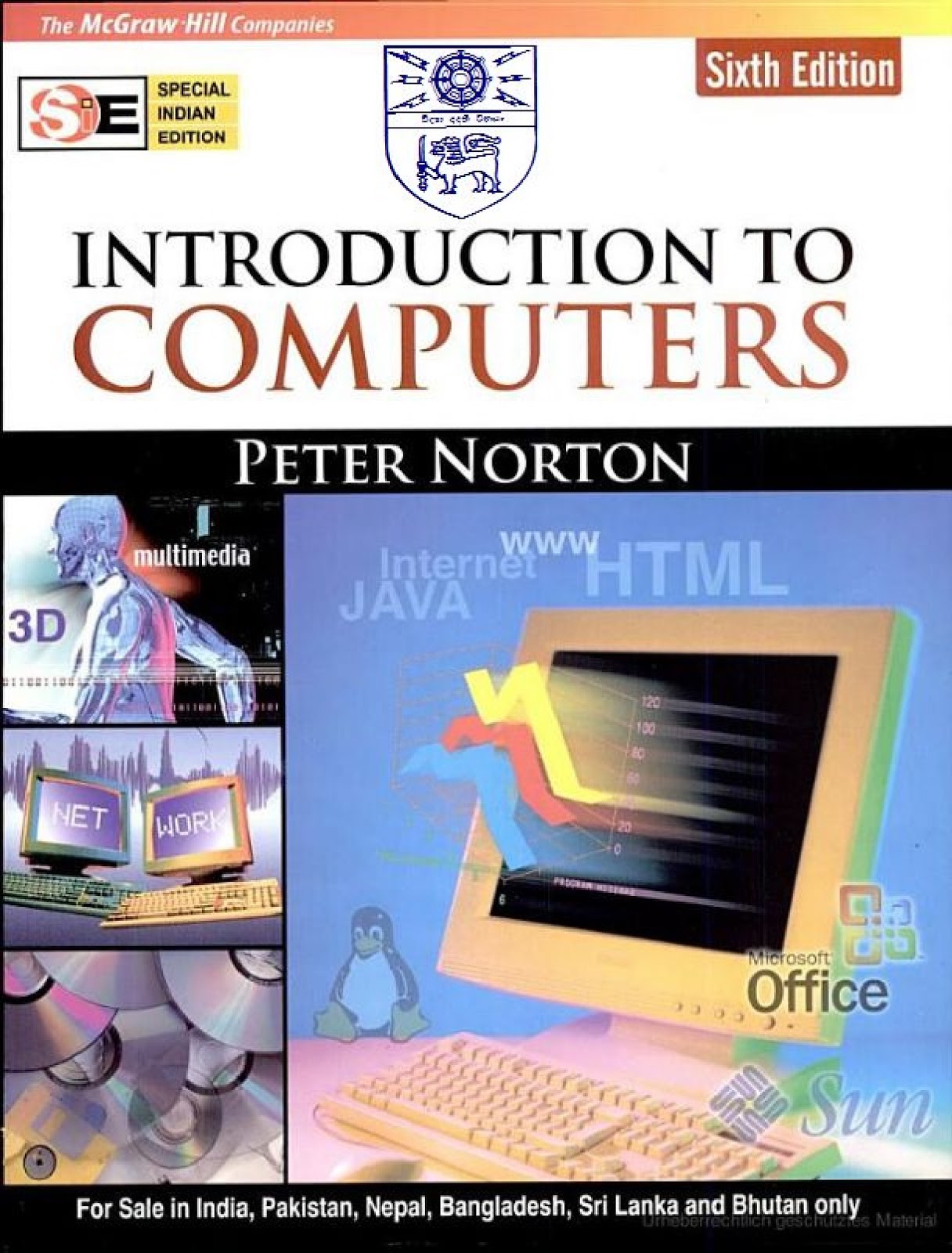
- #Download pdf basics of networking book manual#
- #Download pdf basics of networking book code#
- #Download pdf basics of networking book series#
- #Download pdf basics of networking book free#
Practical Packet Analysis (3rd Edition) - An amazing book about analyzing network packets using Wireshark.Red Hat Enterprise Linux 7 Networking Guide - The official Red Hat's networking guide for Red Hat Enterprise Linux.
#Download pdf basics of networking book free#

Computer Networking: A Top-Down Approach (7th Edition) - Excellent book for beginners (and advanced people) in networking.
#Download pdf basics of networking book manual#
MikroTik WinBox Manual - The official manual for MikroTik's WinBox software.Wireshark Tutorial for Beginners - TheNewBoston Wireshark Tutorial for Beginners.
#Download pdf basics of networking book series#
#Download pdf basics of networking book code#
Most of the current compilers do not provide any support for estimating performance impacts of code changes that they apply. The area of parallelizing compilers for distributed memory multicomputers has seen considerable research activity during the last few years. We find that the cluster-specific efficiency rankings provide more meaningful benchmarks than the conventional approach of using the intensity weights obtained as a side-product of efficiency analysis.

StoNED can be seen as a stochastic extension of DEA that takes the noise term explicitly into account. We present a real world application to the regulation of electricity distribution networks in Finland, where the regulator uses the semi-nonparametric StoNED method (stochastic non-parametric envelopment of data). The inputs of clustering and efficiency analysis are user-specified and can be multi-dimensional. The proposed approach is flexible to combine any clustering method with any frontier estimation technique. The cluster-specific efficiency rankings enable the management to identify not only the most efficient benchmark, but also other peers that operate more efficiently within the same cluster. We then rank DMUs in the descending order of efficiency within each cluster. More specifically, we propose to apply some clustering methods to identify groups of DMUs that are similar in terms of their input–output profiles or other observed characteristics. In this paper we propose a new approach to benchmarking that combines the frontier estimation techniques with clustering methods. Further, DEA is sensitive to stochastic noise, which can affect the benchmarking exercise. Moreover, the DEA benchmarks may operate in a more favorable environment than the evaluated DMU.

As a result, the benchmark units may differ from the evaluated DMU in terms of their input–output profiles and the scale size. The benchmarks produced by DEA are obtained as a side-product of computing efficiency scores. Data envelopment analysis (DEA) is widely used as a benchmarking tool for improving productive performance of decision making units (DMUs).


 0 kommentar(er)
0 kommentar(er)
